The History of Brewing Coffee
Coffee drinking has a long and interesting history, with stories seeming to date its discovery to the 9th century.
While we may know about how coffee was discovered and exported around the world, one thing you may not have considered is how this coffee was brewed all those years ago!
We now have a whole host of coffee brewing methods to choose between, from the eco-friendly AeroPress UK to electronic coffee machines. However, it certainly hasn’t always been this way, so we are exploring the history of how coffee has been brewed over the years.
Early Methods
Coffee began to be traded globally during the 13th century, and during this time, the chosen brewing method was simply to steep coffee grounds in hot water. This method could take between 5-10 hours to complete, so you definitely wouldn’t be able to pick up a brew on-the-go, as we can today!
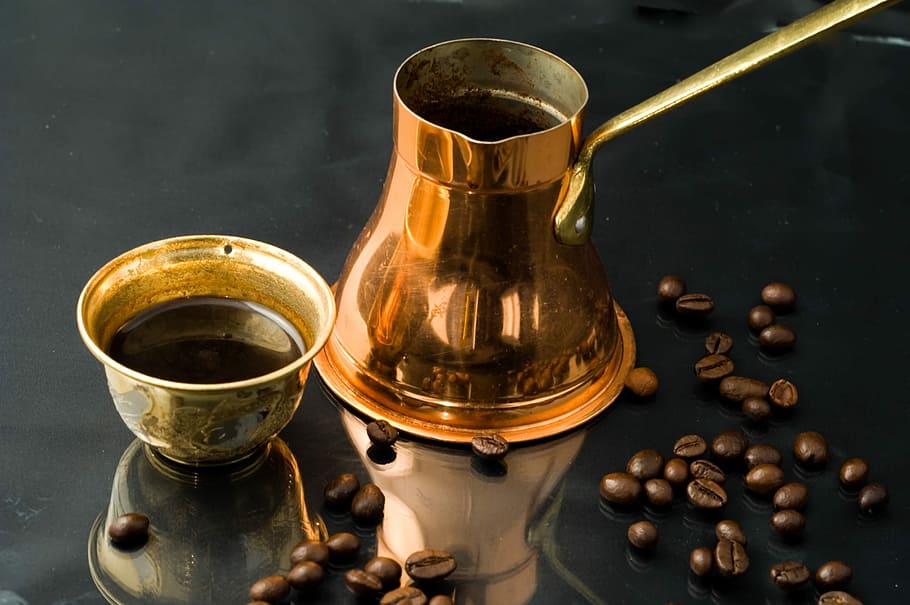
Ibrik Method
By the 16th century, the popularity of coffee was growing in Turkey, where the first proper coffee brewing method originated. The Ibrik method takes its name from the small pot that is used to both brew and serve coffee in Turkey. This method still stands today.
The Ibrik is a small metal pot into which coffee grounds, water, spices and sugar are mixed. This mixture is then bought to almost boiling point, before being cooled and heated repeatedly a few more times. It will then be poured into a cup to be drunk.
Coffee Pots for Coffee Houses
Coffee houses of the 17th century would use a coffee pot to brew the beverage. These coffee pots had a wide bottom, allowing for better heat absorption. At this time, coffee houses didn’t use filters for their coffee.
Instead, they used a pot with a sharp pour spout, which would help to stop the bulk of the coffee grounds from being poured out.
Socks
Did you know that the first example of a filter came from someone pouring hot water through a sock filled with ground coffee? While probably not the most hygienic way of brewing coffee, this act revolutionised our coffee-making methods. After this, filters for coffee were made with cloth.
Biggin Pots
Biggin Pots were the first example of how coffee filtering could be commercialised. These pots, created in 1780, featured a place for the cloth to sit in the coffee pot, allowing for you to pour the coffee out through the filter. However, these presented a number of issues.
For one, many coffee lovers found that their brew was being tainted by the taste of whatever bit of cloth was being used.
Secondly, if the coarseness of the coffee grounds was wrong, problems arose. For example, if the grounds were too coarse, the water would pass through too fast and create a very weak cup of coffee.
Metal Filters
Metal filters were first introduced in France in the early 1800s. This was developed into an early version of the French Press, with a metal filter combined with a rammer to compress the coffee grounds.
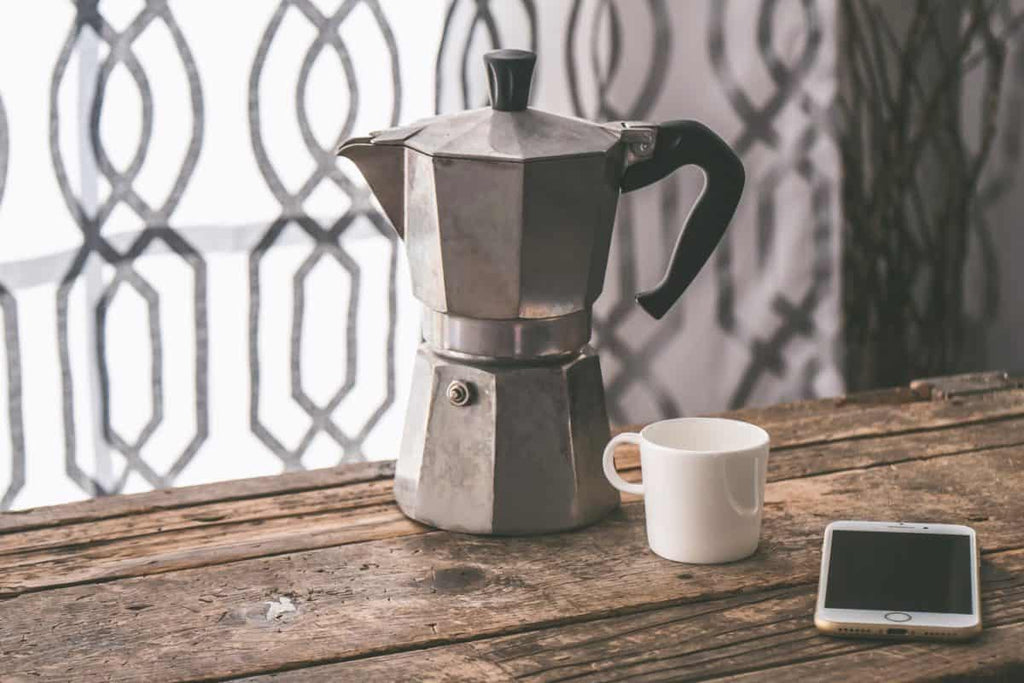
Percolators
Following the development of the metal filter, percolators were then developed and made popular during the 1800s.
The percolator uses steam pressure to brew the coffee; at the top of the pot is a metal filter filled with coffee grounds, and as the water boils, it rises over the coffee grounds and then seeps back through the filter leaving brewed coffee.
Siphon Pots
A siphon pot, also known as a vacuum brewer, was also created in the early 19th century. These pots resemble an hourglass, with heat at the bottom building pressure and forcing water to siphon and mix with ground coffee.
People liked this method, as the glass allowed them to see the coffee as it was brewing.
However, it did present some risk at the time, as getting the pressure wrong could cause the glass to explode! Despite this, the siphon pot became commercially available in the 1840s and has retained its charm with artisan coffee makers to this day.
Drip Brewer
Drip brewing methods evolved in the early 19th century. This method of brewing sees hot water dripped into a filter filled with coffee grounds.
The water passes through the filter into the coffee pot below and is kept warm by a heating pad. This method is particularly popular still in America today.
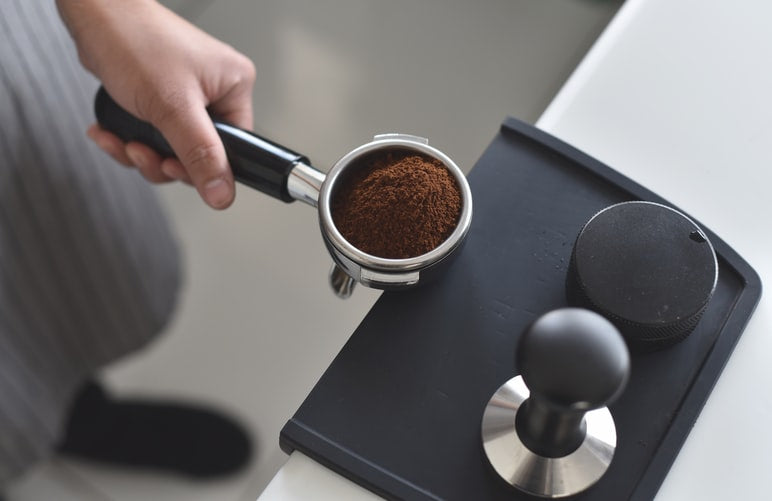
Espresso Machine
The original espresso machine was created in 1884, and used pressurised steam to make a strong brew. Unlike today’s espresso machines though, the original espresso machine made bulk batches of coffee, rather than individual cups.
Looking for a way to shorten the time it takes to brew coffee, the espresso machine was further developed in 1901 by Luigi Bezzera. His updated version allowed the machine to produce 1,000 cups an hour.
Since its conception, the espresso machine has seen many remodels and upgrades to help simplify and improve the process; for example, in 1945, espresso machines were made with a higher extraction pressure.
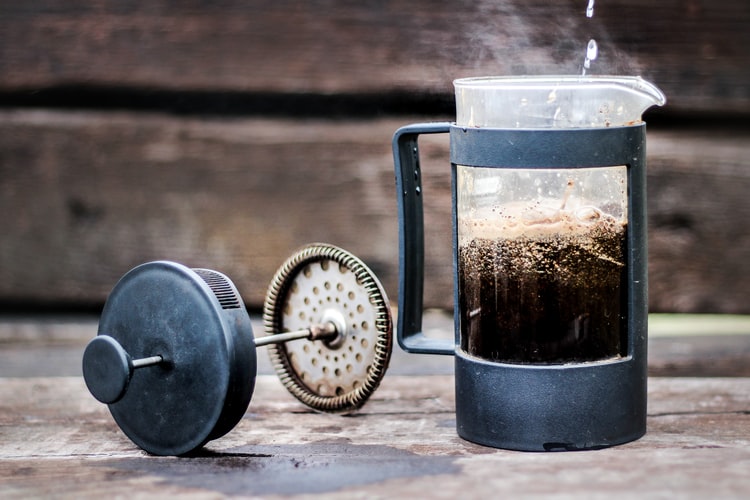
French Press
The French Press was first patented in 1852 in France; since then, the design has changed a few times. In fact, the type of French Press we know today was actually created by a Swiss-Italian, although it was produced in France. This model, known as the Chambord, was first created in 1958.
The French Press works by soaking coarse coffee grounds with hot water and then using a metal plunger to separate the two. You can then pour out the brewed coffee, leaving the used grounds behind.
Instant Coffee
While most coffee aficionados hate the stuff, instant coffee is undoubtedly one of the easiest ways of brewing coffee, as only hot water is required.
The first instant coffee could be found in the UK during the 18th century, although patented versions developed around the world during the late 1800s and early 1900s.
Instant coffee was slightly improved during the 1960s when dry freezing was used to better preserve the rich flavour of coffee.
Coffee Filters
Coffee brewing was further revolutionised in 1908 when the first paper coffee filter was created. We have Melitta Bentz to thank for that, as she was fed up with having to constantly clean out the coffee from her pot, and decided to use a piece of paper to line the pot instead.
Paper filters are not only more hygienic than cloth, but they are also far more efficient.
Chemex
The Chemex was invented in 1941 by a German chemist, Peter Schlumbohm. His background in chemistry clearly influenced the design of this coffee maker, as it resembles a piece of lab equipment.
The Chemex is a pour-over coffee maker, where water is passed through coffee and a paper filter.
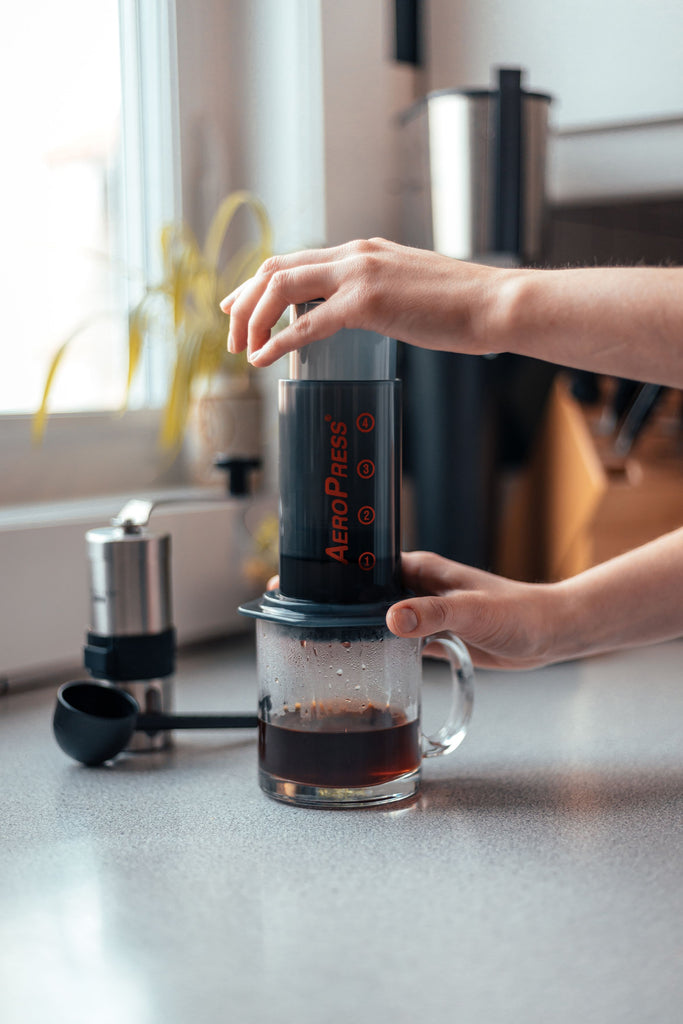
AeroPress
The AeroPress was invented by Alan Adler in 2005, and was created to produce a less bitter cup of coffee in a matter of seconds! AeroPress coffee is rich and smooth due to the pressure under which the coffee is brewed through the action of pressing.
As well as this, the AeroPress is compact and portable, allowing you to brew a cup on the go.
Hario V60
A more recent addition to the world of coffee brewing is the V60, a cone-shaped device with a 60-degree angle, which was first introduced in 2015. It is a pour-over brewer that promotes longer contact time with the coffee grounds.
We hope this has given you a better insight into the world of coffee brewing, and how this incredible process has developed over time. Leave a comment below to let us know your thoughts on the best way to brew coffee!
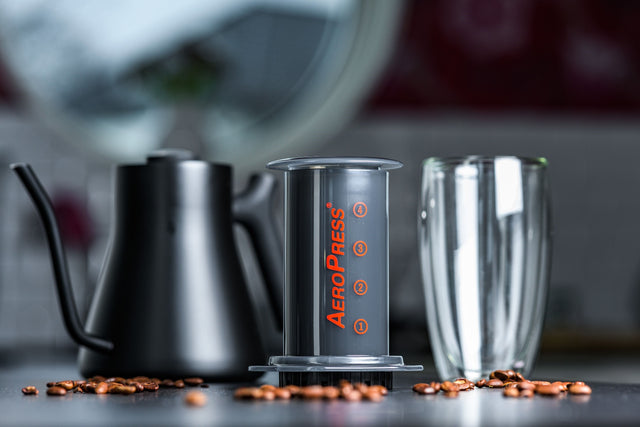

2 Comments
Would it do any harm to say that Hario and the cone filter papers were invented in Japan and remain very popular ?
What’s the ideal water temperature when using the Aeropress please